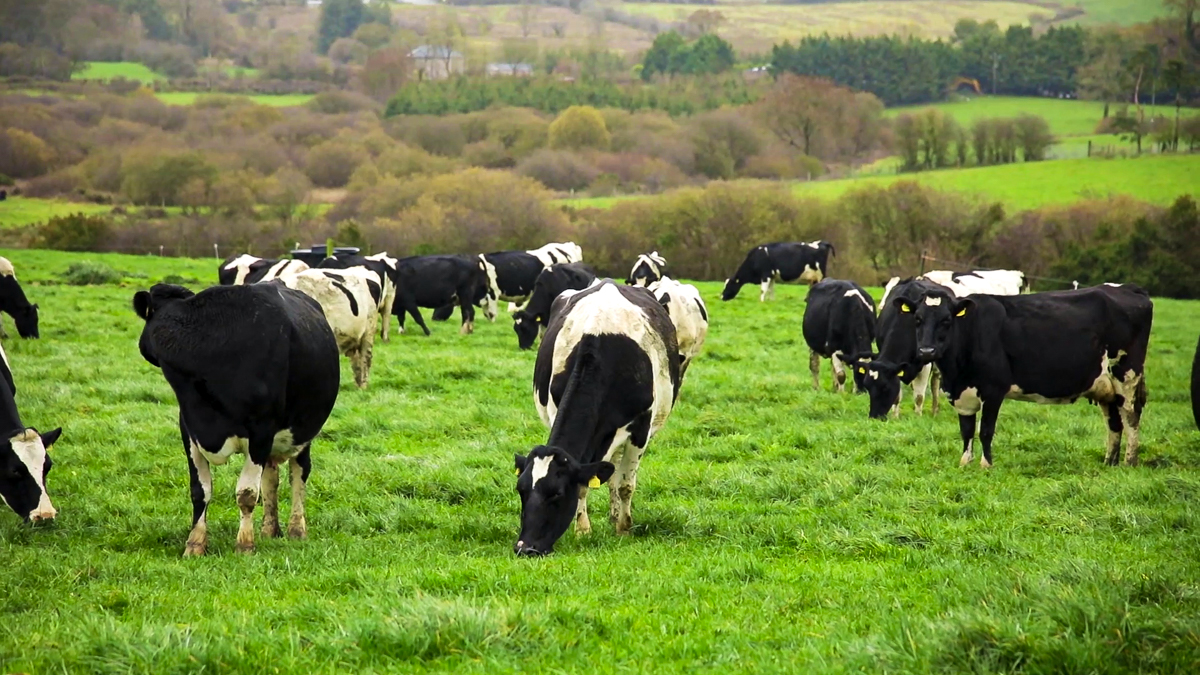In many parts of the country, it is remaining a challenge to get cows out to grass, but in other parts grazing is achievable.
The heavy rain that fell late last week in parts of the country have made it challenging to keep cows at grass.
During spring, a fine balance needs to be struck – you want to get cows out to grass and start getting area grazed, but not if excessive damage is going to be caused.
Grazing
On farms where conditions are suitable, the aim should be to get cows out to grass. Ground conditions are going to determine for how long.
On-off grazing can be hugely beneficial to farmers at this time of year. This is when cows are let out for up to three hours to graze before being housed again.
It allows the cows to graze, but also helps to prevent them from causing damage to the land.
Farmers should avoid turning cows out onto heavy covers, and instead start with lighter covers, until a significant number of cows have calved.
Paddocks were closed in a certain order to signal which paddocks were to be grazed early this year. However, farmers should complete a grass walk to determine the growth over the winter months, as this may change the order.
Cows may need to be housed again, which is not an issue – but you should look to get as much area grazed as you can without causing damage.
Dry matter allocations
When putting cows out to grass, you ideally want them to obtain the majority of their dry matter intake (DMI) from grass.
For freshly calved cows, they will require 13kg of dry matter (DM), including forage and concentrates.
This figure is higher than previously thought, when 8-10kg was believed to be the DMI of a cow after calving.
Each week, the DMI will increase by around 0.8kg, until intakes reach a maximum 10 weeks post calving.
It is important to ensure that cows are being given enough feed, so that the negative energy balance (NEB) is not prolonged – as this can lead to ketosis.
Silage and concentrates will need to remain in the diet during the early stages.
Infrastructure
Farmers should also make sure to make use of the grazing infrastructure on their farms, such as using different points in the paddocks entering and exiting.
This will help to prevent land from becoming damaged in heavily trafficked areas.
The use of back fenced and spur roadways during this time of year should also be considered.

Spur roadways sacrifice a small area, usually along a fence line, to allow cows to gain access to grass. They are extremely useful at this time of the year for grassland management and help to reduce damage caused in paddocks.
They can also be used in paddocks where farmers want to graze the back of the paddock first, and work their way to the front.
